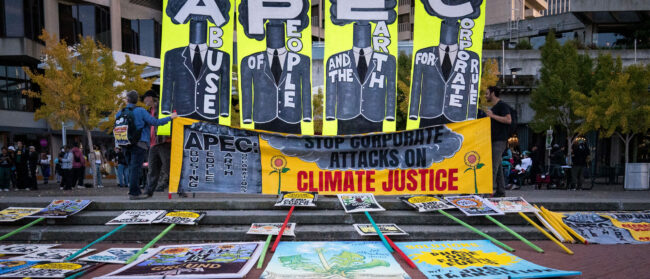What are your thoughts on the ways Southeast Asian cities are developing?
The growth in population and the relative growth of economic fortunes for many cities will continue to make Asia a location of choice for investment. This will continue to transform the landscape of cities as property and real estate demands put pressure on existing urban areas. The externalities of that growth will comprise more urban congestion if infrastructure and transport schemes fail to keep pace with growth. Housing and property prices will also increase dramatically in some places, causing possible gentrification of some areas of cities and pressure on existing residents. This may lead to increased migration across and between cities.
A further issue is the relative position of cities and their populations’ needs for basic resources, such as water and food. This suggests that cities will consume more and rely on rural areas for imports. The more land that is taken for urban development, the more the rural as a resource for the urban is threatened long-term. We have already seen that countries such as China are buying up land in other countries for Chinese food production. This suggests that a balanced and long-term approach is needed in cities to ensure short-term decisions do not compromise those cities’ longer-term needs.
Why else is long-term planning important for cities?
We know that politicians and businesses prefer to see instant results, but short-term perspectives often create solutions that are not innovative. They’re great for politicians wanting to be seen cutting ceremonial ribbons and for businesses looking to make quick profits. But they’re very much the easy option.
Short-term perspectives deny the impact of longer-term global economic trends on individual places; they deny the longer-term impact of extreme weather events and environmental impacts; they deny the social polarisation that growth sometimes unleashes for different citizens and smaller businesses in cities; and they deny the effect growth has on service delivery and public infrastructure that can effect entire cities.
Governments need to employ a long-term perspective of change. Some urban problems develop incrementally over much longer time frames. We need to take a synoptic perspective of urban change as it is happening, looking at individual component parts like energy, housing, transport, health and education but seeing how all these interact with each other in unique spaces. Our intelligence and data needs to be better, we need to develop scenarios to look at ‘what if’ situations caused by extreme environmental and economic uncertainty, of major demographic change such as ageing, and of migration across nations. These are the issues that will create shocks to nations and cities; we can’t always stop them from happening, but we can prepare for them in better ways.
In what ways can city authorities make sure that economic goals are combined with social and environmental goals?
Cities that benefit from strong central government intervention to support economic conditions and make infrastructure developments will remain at an advantage but will only make for successful cities if they balance economic goals with social and environmental wellbeing… We know that some of our biggest cities suffer from adverse environmental conditions such as pollution.Governments often see the environment as separate to economic development, but we really need to start to view them as inseparable.
How can authorities go about engaging the population with their efforts to develop cities?
Nations have embarked on a range of innovative public engagement processes to shape places over the past 30 years. We are not necessarily talking of initiating new bottom-up democratic processes that challenge existing government structures. Rather, we are thinking of more creative ways to enable citizens – and, for that matter, smaller business owners – to have a much more prominent voice in shaping city futures.
China’s use of urban planning museums in major cities, such as those in Shanghai and Chongqing, provide unique opportunities to engage people in novel ways. These are now being copied in the UK with plans for community- or university-run ‘urban rooms’ in every town and city.


